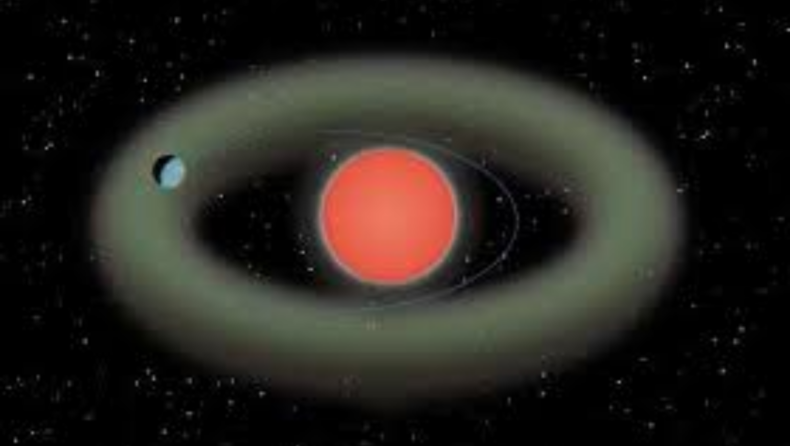The Ross 508 b was found by the Subaru Strategic Program, which used the Subaru Telescope’s infrared spectrograph (IRD) to look for it (IRD-SSP).
Astronomers have looked beyond our solar system and even the Milky Way Galaxy for a planet like Earth. The discovery of a new planet has raised hopes. Astronomers have found a Super-Earth in the Red Dwarf star’s habitable zone.
https://twitter.com/NASAExoplanets/status/1554919117362044931?s=20&t=RsCDr4JBXThO0I25zMmqTw
The only problem is that this planet keeps moving into and out of its habitable zone. But there is still hope that it could keep water on its surface, and it could be a good place to look when the James Webb Space Telescope starts doing science.

The Ross 508b was found by the Subaru Strategic Program. It was found using the National Astronomical Observatory of Japan’s (NAOJ) Subaru Telescope in Hawaii. Since it’s four times as heavy as the Earth, it’s most likely made of rock instead of gas (IRD-SSP). The discovery was made because scientists were paying more attention to red dwarf stars, which make up three-quarters of the stars in our galaxy and can be found in large numbers near our solar system.
Getting to live in the habitable zone

The habitable zone is the area around a star where liquid water could exist on the surface of planets that orbit it. Also called “Goldilocks zones,” these are places where the weather might be just right for life to grow, which means it won’t be too hot or too cold. Ross 508 b moves through this “Goldilocks zone” as it orbits its star.
The planet is around a star that is one-fifth the mass of the Sun and is about 37 light-years from Earth. The planet is four times as big as Earth, and the average distance between it and its main star is 0.05 times the distance between Earth and the Sun. It is on the edge of the habitable zone.
Researchers say that red dwarfs are important places to look for life in the universe, but they are hard to see because they are too dim to see with the naked eye.
The surface of these stars is not very hot, at less than 4000 degrees. Proxima Centauri B is the only other star where a planet that can support life has been found.
Researchers think that the planet’s orbit is likely to be elliptical. If so, it would cross into the habitable zone about once every 11 days. Since the planet is so close to the central star, current telescopes can’t take a direct picture of it.
In the future, it will be one of the places where 30-meter-class telescopes look for life. ” In a statement, the team said
“IRD’s development has been going on for 14 years.” We have kept working on research and development in the hopes of finding another planet just like Ross 508 b. We are determined to find new things, “the main researcher for IRD-SSP, Professor Bun’ei Sato, said.”













